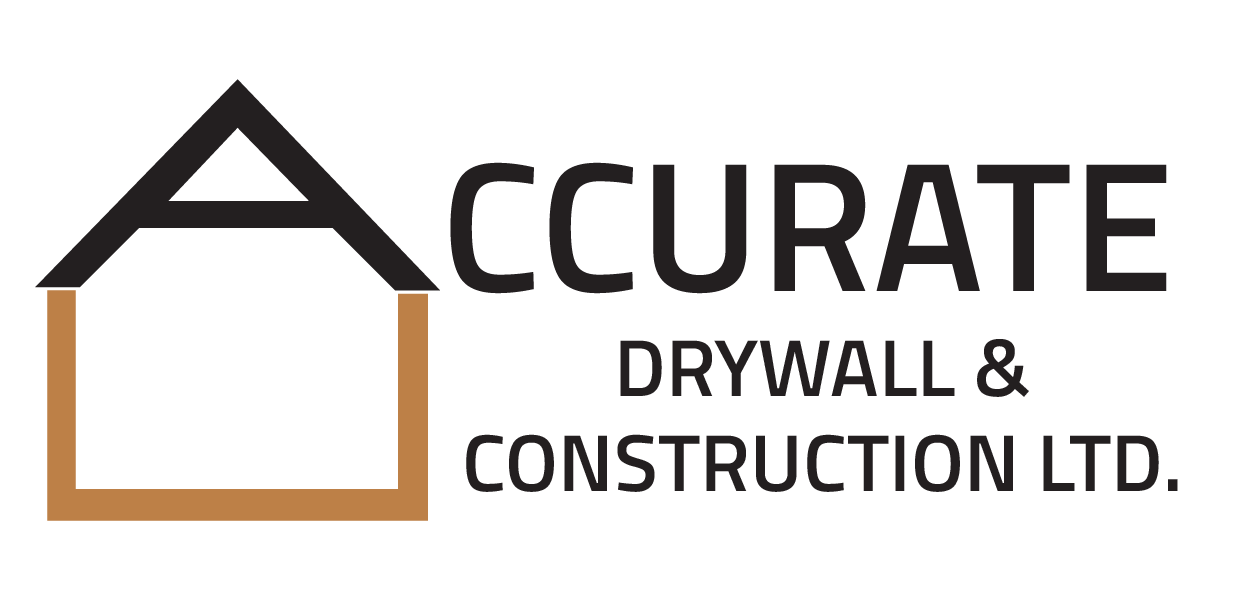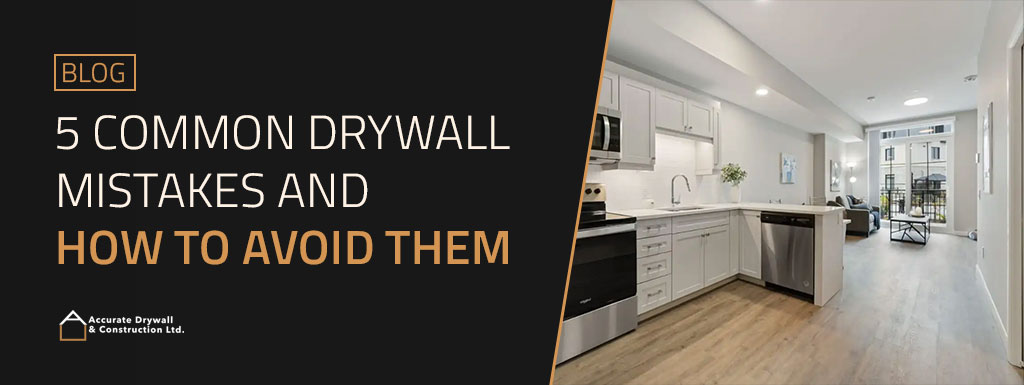5 Common Drywall Mistakes and How to Avoid Them
Drywall installation is a fundamental aspect of construction and renovation projects, providing the foundation for smooth, durable walls and ceilings. However, even seasoned professionals can make mistakes that compromise the integrity and aesthetics of the final result. In this informative guide, we’ll explore five common drywall mistakes and offer practical tips on how to avoid them, ensuring a successful and flawless installation every time.
1. Inadequate Measurement and Planning:
One of the most common mistakes in drywall installation is failing to accurately measure and plan the layout. Improper measurements can result in wasted materials, uneven seams, and costly rework. To avoid this mistake, take the time to measure the dimensions of the wall or ceiling accurately before cutting the drywall panels. Use a T-square and a sharp utility knife for precise cuts, and plan the layout carefully to minimize waste and ensure proper alignment.
2. Poorly Secured Drywall Panels:
Insufficient fastening of drywall panels to the framing can lead to sagging, bulging, and eventual structural issues. Many DIY enthusiasts and even some professionals make the mistake of using too few screws or nails or failing to secure them properly. To prevent this, make sure to use the appropriate fasteners (screws or nails) spaced evenly along the studs or joists, following the manufacturer’s recommendations. Additionally, use a stud finder to locate the framing members accurately before installing the drywall.
3. Over-tightening Fasteners:
While it’s essential to secure drywall panels firmly to the framing, over-tightening screws or nails can cause the drywall to crack or break, compromising its integrity. To avoid this mistake, use the correct size and type of fastener for the job, and drive them flush with the surface of the drywall without applying excessive force. Be mindful of the recommended spacing between fasteners and the edge of the panels to prevent damage.
4. Ignoring Joint Preparation:
Proper joint preparation is crucial for achieving seamless and durable drywall seams. Neglecting to feather the joint compound or apply mesh tape over joints can result in visible cracks and uneven surfaces once the walls are painted or finished. To address this, apply a thin layer of joint compound over the joints, embed mesh tape, and feather the edges with a drywall knife to create a smooth transition between panels. Repeat this process with multiple layers of compound until the seams are indistinguishable.
5. Rushing the Finishing Process:
Finishing drywall requires patience, attention to detail, and multiple layers of joint compound to achieve a smooth and flawless surface. Rushing this process or neglecting to sand down rough spots and imperfections can result in an unprofessional-looking finish that detracts from the overall appearance of the space. Take your time to sand the drywall surfaces between coats of joint compound, removing any bumps or ridges, and finish with a final sanding for a perfectly smooth finish ready for painting or wallpapering.
Conclusion:
By understanding and avoiding these common drywall mistakes, you can ensure a professional-quality installation that enhances the aesthetics and durability of your walls and ceilings. Remember to measure carefully, secure the panels properly, prepare the joints thoroughly, and take your time during the finishing process for optimal results. With attention to detail and the right techniques, you can achieve flawless drywall surfaces that elevate the overall quality of your construction or renovation project.


